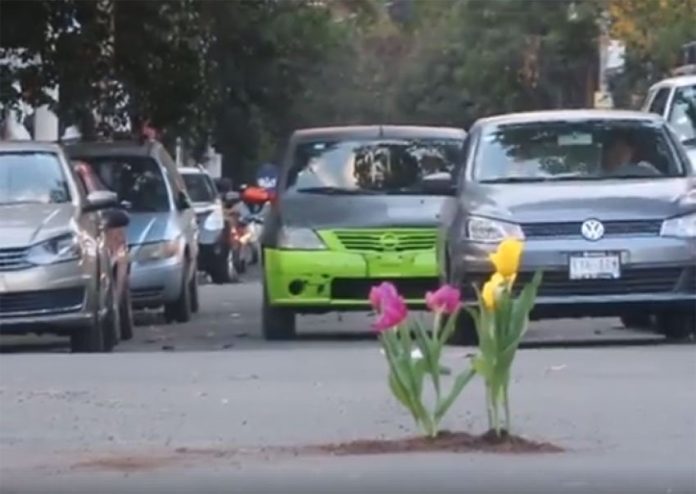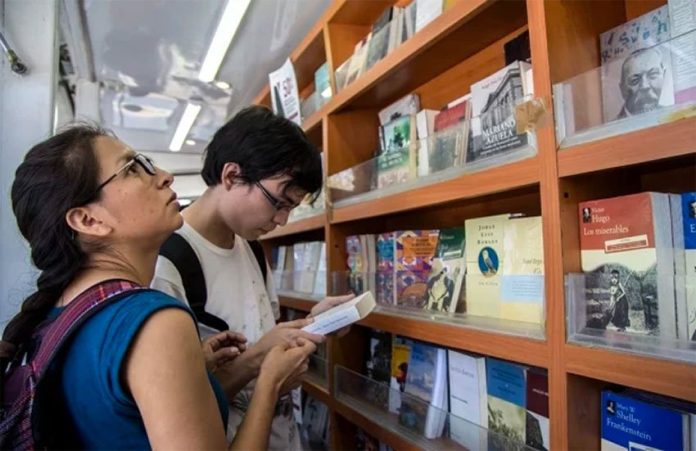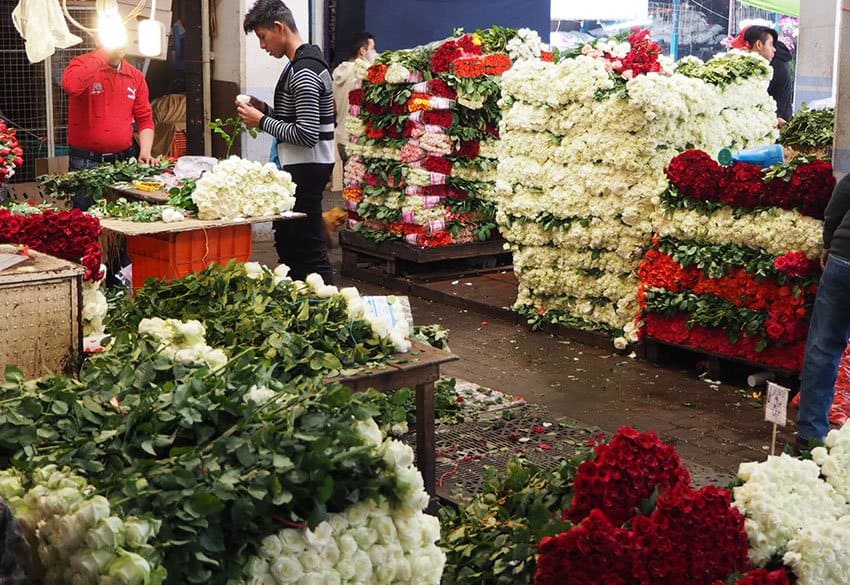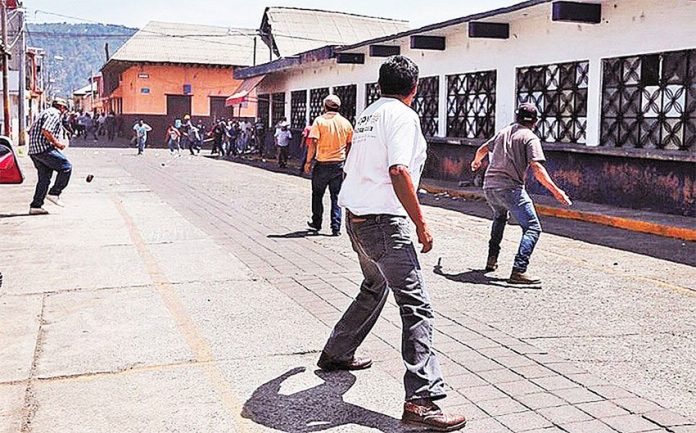A friend of mine here would often joke that the only way for Mexico to solve its corruption problem would be for it to totally outsource the government — say, to Denmark or Sweden, one of those northern European countries with a small population and maybe some extra time and goodwill on their hands.
I have my own completely unreasonable proposals, like having all government officials take a lifetime vow of (relative) poverty, tied to the minimum wage perhaps, and/or requiring them all to use only the public options (schools, hospitals, roads, etc.) for themselves and their families. So far my proposals have gained little traction.
Mexico is certainly not the only country with these kinds of problems, though it ranks 138 out of 180 (the 180th being the most corrupt) countries on the Corruption Perception Index for 2018.
Since I first came here in 2002, I’ve never quite been able to square this with all the wonderful things I know Mexico and Mexicans to be, and I firmly believe that if we could make things truly more just, even by, let’s say, 30%, that Mexico would be one of the top destinations in the world.
It has everything: beautiful and varied natural landscapes, world-famous cuisine, fun and vibrant holidays and a generally inclusive, generous and gregarious cultural personality. The language isn’t too hard to learn, and even if you butcher it people will do their best to understand you and tell you how well you speak.
Mexicans can make jokes on the darkest of days, and rather than seeing this as a sign of disrespect, I think it speaks to a great resilience of a people used to rolling with the punches of outside circumstances.
(My personal favorites, upon the election of United States President Donald Trump, were variations of “So, do we need to go pay for our part of the wall at the OXXO, or will it just be automatically taken out of our paychecks?”)
So what do we need to get to this 30%? The laws on the books are quite good; they exist, and for the most part are downright progressive. The missing ingredient is a power structure prepared and dedicated to enforcing them, immune to bribes and graft, or at least somewhat afraid of the embarrassment of being caught in the middle of it, and if not that, then afraid of being caught and punished.
How do we convince powerful people accustomed to making much of their money through less-than-honest means to act for the common good instead, and not take more than their fair share? How do we hold people accountable when the rule of law is too weak to back it up, or in some places, downright absent? What would it take?
Many opponents of AMLO make fun of his phrase la mafia del poder (“the mafia of power”), but I think it’s a pretty good description of what we have in this country and in most others. And just as drivers in places where they can be seriously penalized for infractions tend to behave on the road, powerful people in places where they simply can’t get away with the shenanigans they’d like to tend to act responsibly.
This makes me sound like a real pessimist, I know, but it’s hard to believe at this age that people change behavior that benefits them personally unless they’re forced to or embarrassed into it.
One group that calls themselves Los Supercívicos (“super citizens”) have effectively used public embarrassment and subsequent public praise to affect change (they have a YouTube channel, a Facebook page and even an app for ordinary citizens to participate!)
They not only publicize the problems that people record, but they give credit for the solution.
Big gaping hole in the sidewalk that someone could fall into reported by a Super Citizen? Solved! Thanks, Mayor Cuauhtémoc! Other groups of citizens have set out to plant flowers in potholes, drawing attention to an oft-ignored problem in urban settings.
There is certainly always room for good ol’ fashioned protests, but the combination of humor and publicity that the era of social media has brought has made for a potent fusion.
This is a great start, and gives me hope that Mexican society as a whole is making progress in its struggle toward a fair and just society.
It’s a way of combining the natural tendency to make a fatalistic joke about problems that seem out of our control and to draw attention to them in ways that might actually get them solved.
It’s not the solution to everything. We still need well-trained and well-paid police officers (pro tip: 6,000 pesos a month does not count as well-paid); we need qualified, competent, and honest city and state administrators and transparent budgets; we need a reasonable minimum wage that actually covers what the Mexican constitution says it should by law; we need lawyers and judges that can’t be bought; and we need an independent organization with the power to prosecute, dedicated to assuring that politicians aren’t taking taxpayer money and stuffing it into million-dollar condos in Dallas.
Maybe I’m naive, but I think when people feel they can get a fair shake and do well by being honest and respectful toward their communities, they’ll be more honest and respectful toward their communities.
There’s nothing inherent about Mexican culture that makes corruption inevitable; we’ve inherited a system in which many believe that corruption is necessary to get their needs met.
I don’t think we’re going to be outsourcing Mexico’s government anytime soon, but I have hope in our new current administration, more than I’ve had in the previous ones I’ve observed since coming here almost 18 years ago.
In the meantime, I’ll keep arguing for my “vow of relative poverty” proposal.
Sarah DeVries writes from her home in Xalapa, Veracruz.













